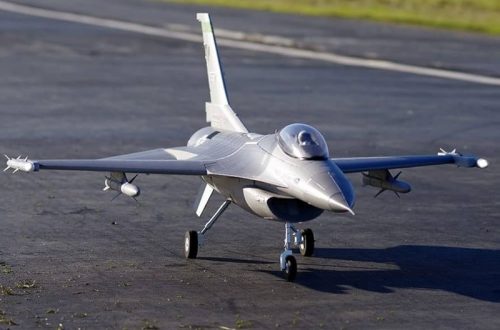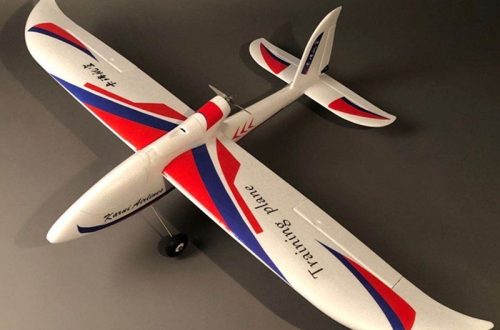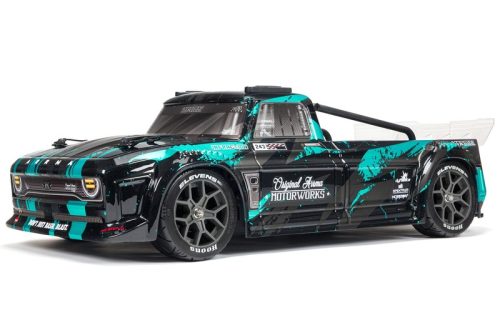The world of Formula One racing ignites a passion for speed and innovation in motorsport enthusiasts worldwide. But what if you could experience the thrill of piloting an F1 car yourself, albeit on a miniature scale? Enter the exhilarating realm of RC F1 cars – meticulously crafted miniaturized machines that replicate the sleek designs and high-octane performance of their real-life counterparts. This comprehensive guide delves into the exciting world of RC F1 cars, equipping you with the knowledge to navigate this niche hobby and choose the perfect RC F1 car to satisfy your need for speed.
Part 1: Hitting the Ground Running – Ready-to-Run vs. Build-Your-Own
Ready-to-Run (RTR) Kits: Instant F1 Racing Gratification
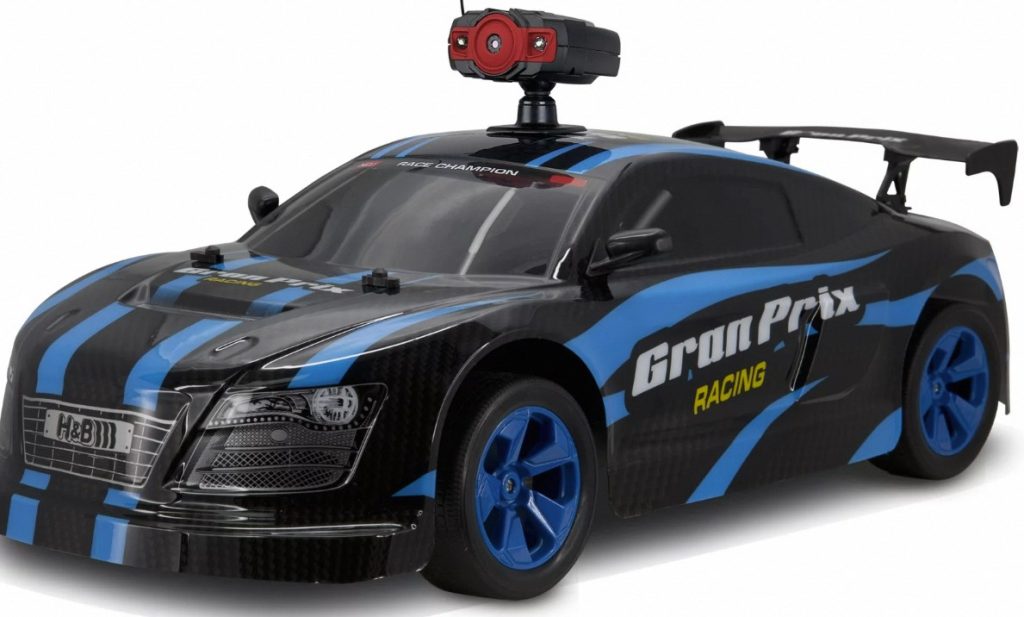
Perfect for Beginners: RTR kits are ideal for those new to the world of RC F1 racing. They eliminate the time-consuming build process, allowing you to hit the track (or living room floor) racing almost immediately. These kits typically come pre-assembled with a pre-painted Formula One car body, a pre-installed motor and electronics system, and a transmitter. All you’ll need are batteries and a charger to be zipping around like a miniature Lewis Hamilton.
Budget-Friendly Entry Point: Another advantage of RTR kits is their affordability. They are generally less expensive than build-your-own kits, making them a budget-friendly option for beginners who are unsure if RC F1 racing is a long-term hobby. This allows you to test the waters of F1 racing without a significant financial investment.
Build-Your-Own (BYO) Kits: The Path to Customization and Learning
Unleash Your Inner F1 Engineer: BYO kits offer a more hands-on experience, perfect for those who enjoy the technical aspects of RC hobbies. Building your own RC F1 car allows you to become intimately familiar with its intricate components and inner workings. This knowledge proves invaluable for future maintenance, repairs, and modifications.
Limitless Personalization Potential: BYO kits open the door to a world of customization. You can personalize your RC F1 car with a variety of aftermarket parts, tailoring it to your specific racing style and performance preferences. This level of customization allows you to create a truly unique miniature F1 car that reflects your personality on the racetrack.

Part 2: Powering Your F1 Dreams – Electric vs. Nitro
Electric RC F1 Cars: Clean, Convenient, and Consistent
Environmentally Friendly Choice: Electric RC F1 cars are a clean and eco-friendly choice. They produce no harmful emissions, making them suitable for indoor or outdoor racing. This is a major advantage for hobbyists who have limited access to outdoor racetracks or who are environmentally conscious.
Consistent Performance for Precision Racing: Electric motors deliver consistent power. They are ideal for both beginners and experienced RC F1 racers. The predictable power delivery of electric motors allows for smoother racing lines. It also enables more precise control of the car, especially during high-speed cornering maneuvers. Electric motors also require minimal maintenance, minimizing downtime and maximizing racing fun.
Nitro RC F1 Cars: The Allure of Realistic Sound and Power
Intoxicating Engine Roar: For those who crave the exhilarating roar of a miniaturized nitro engine, nitro RC F1 cars offer an unparalleled experience. The sound of a nitro engine adds a layer of realism and excitement to the RC F1 racing experience, replicating the sound of real-world F1 cars screaming down the racetrack.

Unleashing Immense Power Potential: Nitro engines offer significantly more power compared to their electric counterparts. This translates to higher top speeds, faster acceleration, and the ability to achieve even more aggressive racing maneuvers. However, with great power comes great responsibility. Nitro engines require more maintenance and tuning, making them a better choice for experienced RC enthusiasts who are comfortable with the additional upkeep.
Part 3: Steering Your Way to Victory – 2WD vs. 4WD
2WD RC F1 Cars: Mastering the Art of F1 Racing
The Purist’s Choice for Precision Handling: Seasoned RC F1 racers often favor 2WD cars. These cars are lighter and more agile, allowing for more precise control and a more realistic F1 racing experience. With a 2WD car, you have a greater influence over steering and throttle control, perfecting your racing lines and showcasing your skills on the racetrack.
Requires a Higher Skill Level: The lack of front-wheel drive makes them less forgiving of mistakes and requires a higher level of skill to control effectively, especially on loose track surfaces or during sharp turns. This steeper learning curve may discourage beginners who are still getting accustomed to the nuances of RC F1 racing.

4WD RC F1 Cars: Confidence-Inspiring Stability
Confidence-Boosting Stability for Beginners: For those new to RC F1 racing, 4WD cars offer more stability and control. The added traction from the front wheels makes them easier to handle at high speeds and during tight corners, boosting your confidence behind the wheel. This allows you to learn the fundamentals of RC F1 racing without feeling overwhelmed by the car’s handling characteristics.
4WD RC F1 cars can be easier to control. This allows you to focus on perfecting your racing lines and throttle control. The added traction from the front wheels helps the car maintain its line during cornering. This leads to smoother and more efficient racing maneuvers.
Part 4: The Checkered Flag Awaits – Essential Considerations Beyond the Kit
Spare Parts and Maintenance
Regardless of your chosen kit, invest in spare parts commonly prone to wear and tear during racing, such as tires, wings, and suspension components. This ensures minimal downtime and keeps you racing consistently.
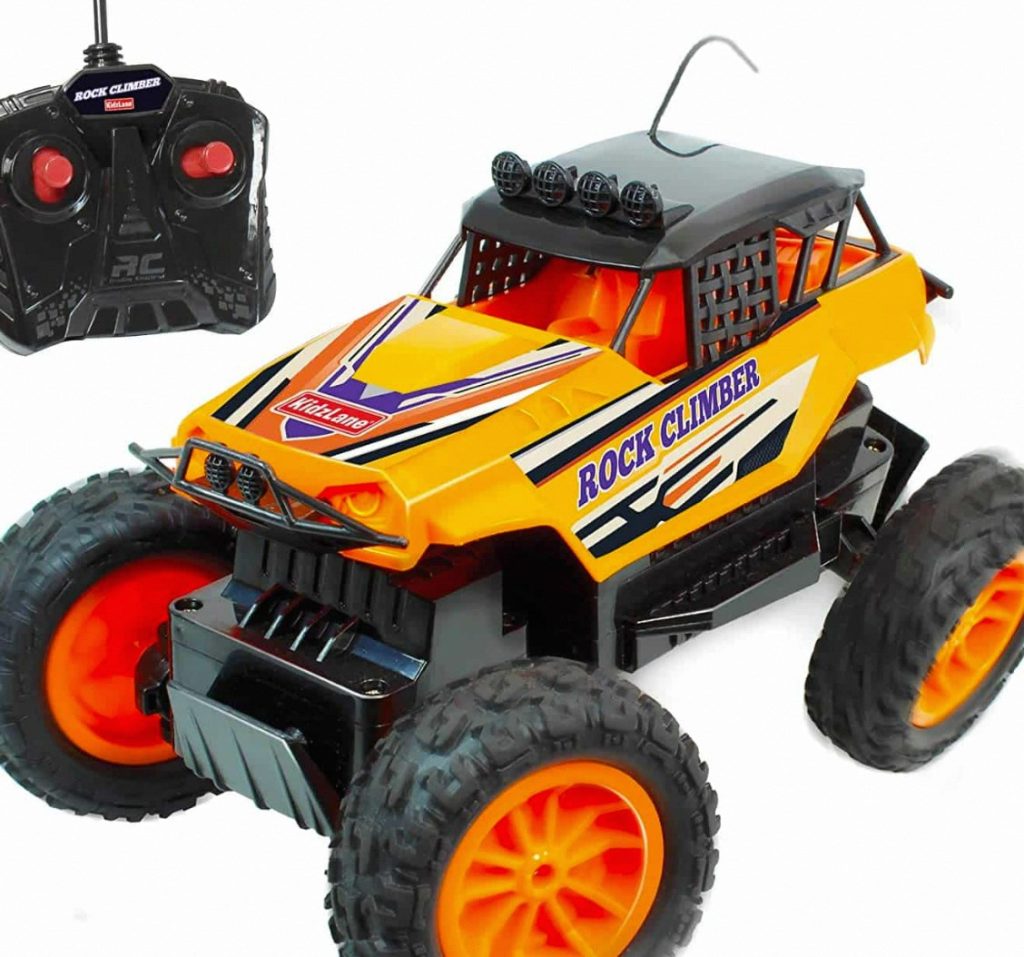
Familiarize yourself with basic maintenance procedures for your chosen kit. This includes cleaning the car after use, lubricating moving parts, and monitoring battery life for electric cars or tuning the engine for nitro models.
Practice Makes Perfect (and Wins Races!)
Mastering the art of RC F1 racing takes time and practice. Choose a smooth, open area free from obstacles to hone your racing skills. Start with slow speeds and basic maneuvers, gradually increasing difficulty as your confidence grows.
Online resources and tutorials offer valuable tips and techniques for improving your racing skills. Additionally, consider joining an RC car club to connect with other F1 enthusiasts, share knowledge, and participate in organized racing events. Witnessing the racing lines of experienced drivers and receiving feedback from fellow enthusiasts can accelerate your learning curve and propel you towards podium finishes.
In conclusion, selecting the perfect RC F1 car kit is the first step on your journey to becoming a miniature F1 champion. By considering your skill level, budget, and desired level of control, you can choose a kit that perfectly complements your racing aspirations. Whether you opt for a beginner-friendly RTR kit, a customizable BYO kit, an electric model for clean and consistent power, a nitro model for the thrill of a roaring engine, a 2WD car for a purist’s experience, or a 4WD car for easier handling. Remember – the most important factor is the sheer joy of replicating the exhilarating world of Formula One racing. So, grab your RC F1 car kit, find a smooth racetrack, and unleash your inner champion! With dedication, practice, and the right equipment, you’ll be setting record lap times and celebrating checkered flag finishes in no time.


